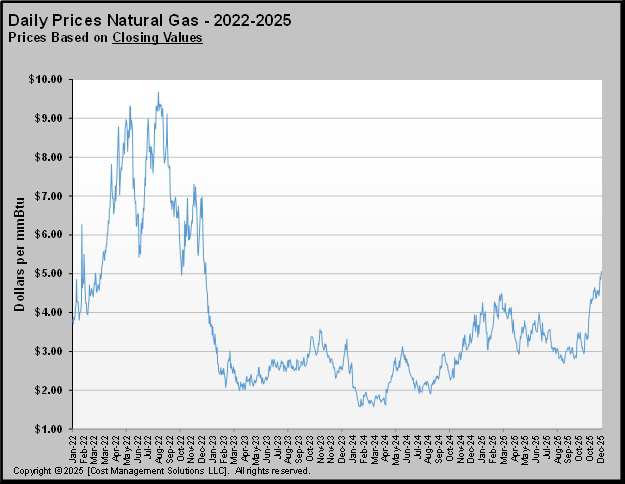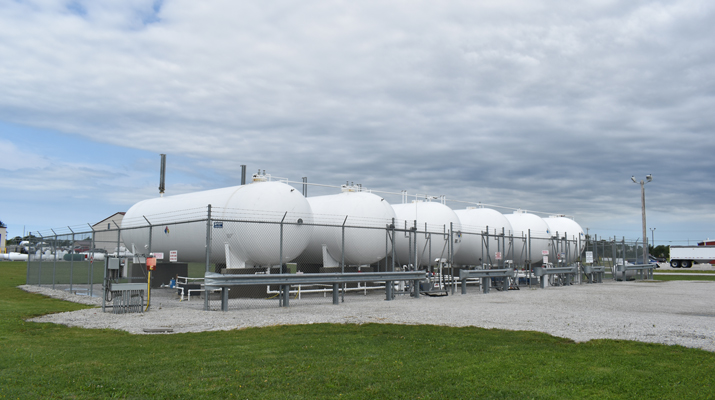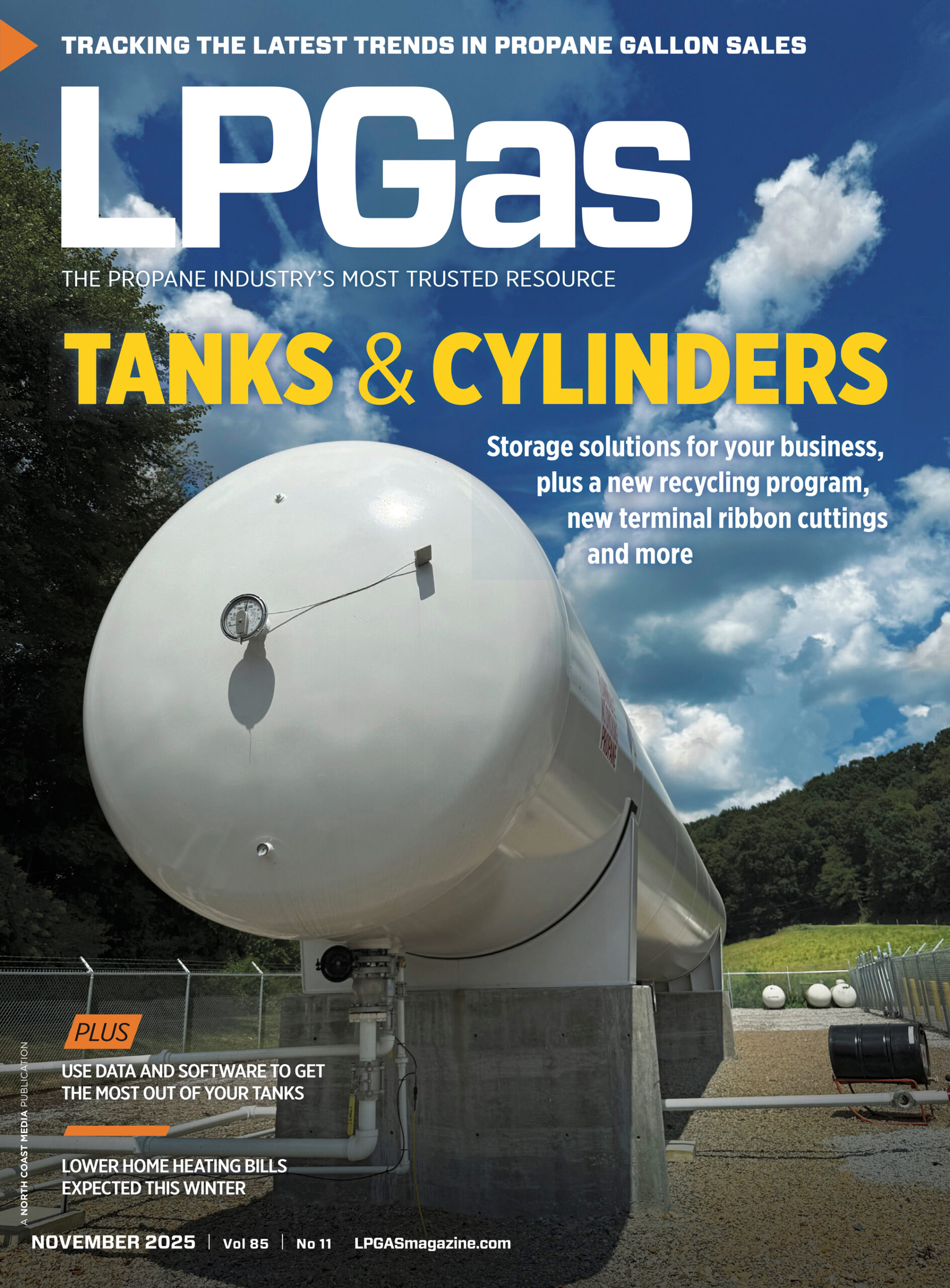Correcting a common misconception about propane supply
Trader’s Corner, a weekly partnership with Cost Management Solutions, analyzes propane supply and pricing trends. This week, Mark Rachal, director of research and publications, explains and corrects a common misconception about propane supply and how propane is produced.
Catch up on last week’s Trader’s Corner here: OPEC’s role in US propane exports
This week, someone not part of our industry asked us what we believed was a common misconception about propane supply. We thought that question would make for a good discussion in this week’s Trader’s Corner.
First, we must acknowledge that there is no such thing as a propane well. No producer has ever gone out and bored a hole in the ground looking specifically for propane. They drill natural gas and crude wells. We don’t even like the terms natural gas and crude wells because those terms are a point of confusion and at the heart of where we think misconceptions might reside concerning propane supply.
It would be better to say we drill hydrocarbon wells. Hydrocarbons are organic chemical compounds that are made up of only carbon and hydrogen. Many hydrocarbons and the ones primarily associated with our industry are trapped underground.
Hydrocarbons are trapped below rock formations or other impermeable geological formations at a wide array of depths. Some of the layers of hydrocarbons are thick, and others are thin. Some of the formations give up the hydrocarbons trapped in them easily; others do not.
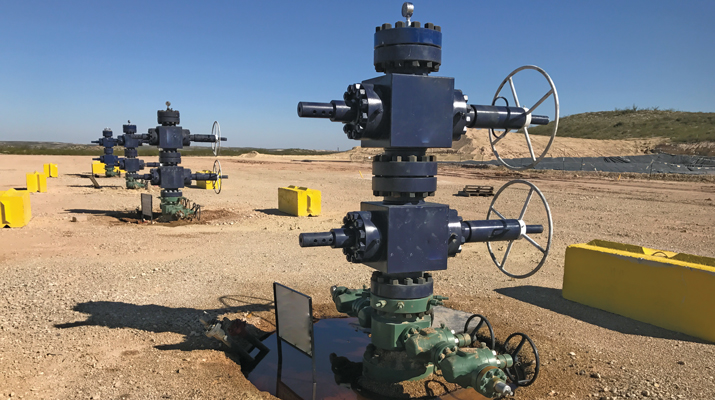
There are numerous hydrocarbons. Propane is one of them. We all know C3H8 is the chemical composition of propane. Three carbon atoms and eight hydrogen atoms. The number of atoms in a hydrocarbon determines its weight. The lightest is methane, or CH4.
Producers can analyze various hydrocarbon formations and get a good idea of whether it will contain hydrocarbons that are lighter or those that might be heavier. When formations in a geographic area hold mostly light hydrocarbons, the production site is referred to as a natural gas field.
There are many wells drilled in the geographic areas to specifically go after methane, which is commonly referred to as natural gas. Natural gas utility companies sell methane through their distribution systems to end-use customers for home heating, electricity generation and many other uses. The methane is separated out near production fields at facilities known as natural gas processing plants.
When a formation holds mostly methane, it is referred to as a dry gas field. But most formations have a mixture of various hydrocarbons that all come to the surface as the well is produced. Wells that produce a lot of the other light hydrocarbons are called wet gas wells. These other light hydrocarbons include ethane, butane, natural gasoline and propane.
Once the methane is separated at the natural gas processing plant, the other light hydrocarbons remain co-mingled and are shipped via pipeline to hubs such as Mont Belvieu, Texas, and Conway, Kansas, where the hydrocarbons are fractionated or separated by their unique chemical makeup. At that point, they are ready to be sold. In the case of propane, it is sold to propane retailers, petrochemical companies and foreign buyers that export the propane to their country.
Since propane is considered a natural gas liquid, the common misconception is that it comes primarily from natural gas or light hydrocarbon wells. In fact, today, most propane is produced via heavy hydrocarbon or crude wells.
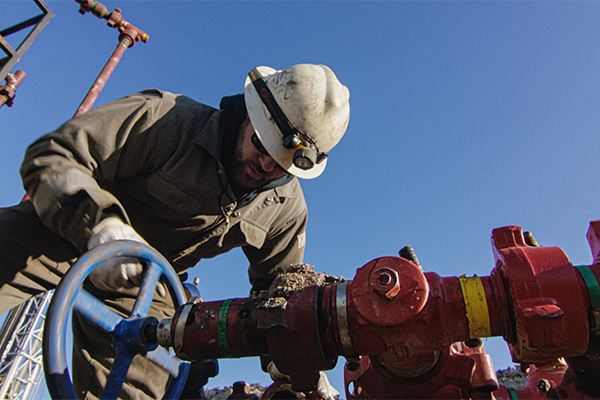
Let’s explain this by doing a little history on production from shale formations. First, what are commonly referred to as conventional crude and natural gas wells are generally drilled vertically from the surface into the areas that hold hydrocarbons.
As stated, the area is usually below an impermeable rock layer. Hydrocarbons are light compared to other things underground, so they rise until they hit the impermeable rock layer, where they remain trapped until a production company hires a drilling company to bore a hole down to the hydrocarbons. Once the hole is bored through the impermeable rock, the hydrocarbons naturally flow into the pipe and up to the surface – from an area of high pressure to an area of low pressure.
Producing hydrocarbons from shale formations is a completely different endeavor. Shale formations are often only a few feet thick, and hydrocarbons are trapped in the porous shale. The shale must be fractured or cracked to give up the hydrocarbons. The only practical way to produce these hydrocarbons is to drill horizontally along these thin layers. Then water is fed into the formation, causing the shale to crack, releasing hydrocarbons that can then be recovered.
Producing from shale formations is extremely expensive and capital intensive compared to conventional production. Early on, the cost of producing from shale formations was around $70 per barrel compared to conventional production at $10 per barrel. The cost of producing from shale has since come down due to economies of scale and technical innovation.
In 2005, the price of natural gas reached $14 per MMBtu, which is the equivalent of $82 per barrel crude. It became economically viable to find geographic areas that held mostly methane and light hydrocarbons and produce them. Crude averaged $56.70 that year, making its production from shale too high. In 2005, there were 1,400 drilling rigs active in the United States, 90 percent of which were drilling for light hydrocarbons. Shale formations like Marcellus, Utica and Haynesville became hotspots for drilling.
Of course, U.S. methane (natural gas) production started to grow along with natural gas liquids, including propane. In 2008, WTI crude averaged $99.69 per barrel, making it economically viable to produce crude from shale formations. There were 2,000 rigs drilling for hydrocarbons that year with 80 percent still drilling for light hydrocarbons.
But after 2008, natural gas prices started retreating because of the new production, making production of heavy hydrocarbons the focus. Shale formations that held heavier hydrocarbons such as the Permian Basin and the Bakkan became the new hotspots for drilling. Today, there are 588 rigs actively drilling for hydrocarbons in the United States, with an 80/20 ratio in favor of drilling for heavy hydrocarbons. Yet, methane and natural gas liquids production continues to grow.
Now we are finally ready to address the misconception that most propane comes from light hydrocarbon or natural gas wells. Even though producers are primarily going after crude or heavy hydrocarbons these days, there are plenty of light hydrocarbons that are mixed in with the heavy hydrocarbons. This light hydrocarbon production is called associated production, and it is the source of most of the growth in both methane and propane supplies.
When the “crude” wells are produced, the light and heavy hydrocarbons are separated at the production field, creating two separate product streams. Once separated from the heavy hydrocarbons, the light hydrocarbons go through the process described above, where the methane is separated at the natural gas processing plant and the natural gas liquids go from the natural gas processing plant to the fractionation hubs.
So even though those light hydrocarbon molecules are referred to at that point as natural gas and natural gas liquids, they were produced associated with crude. They were produced because production companies such as Chevron or ExxonMobil were going after the heavy hydrocarbons that they could send to refineries to make gasoline and distillates, not because they were specifically going after methane, ethane, butane, natural gasoline and propane.
As a result, both methane and natural gas liquids prices fell because both were overproduced in the quest for crude. Methane prices spent time below $2 per MMBtu in recent years, though less drilling in light hydrocarbon formations and more LNG exports have more recently raised the price to above $4 per MMBtu. That is still the equivalent of $23 crude.
Propane prices have also been in a down cycle with all the excess supply that must be exported. This winter, we are experiencing a spike in propane prices due to a couple of months of extremely cold weather. But we must remember that we went into this winter with record-high inventories of over 103 million barrels. For 2024, propane prices averaged about 5 cents less than their five-year average of 82 cents, reflecting the high production rates.
If U.S. producers keep drilling for crude, there will be an abundance of propane. U.S. crude production is back above its pre-COVID levels, averaging 13.2 million barrels per day (bpd) last year and reaching as high as 13.6 million bpd. The last Energy Information Administration report had U.S. production at 13.497 million bpd. It is evident that the current administration is going to do everything in its power to see that number grow. If it is successful, propane supplies should remain abundant.
To subscribe to LP Gas’ weekly Trader’s Corner e-newsletter, click here.








